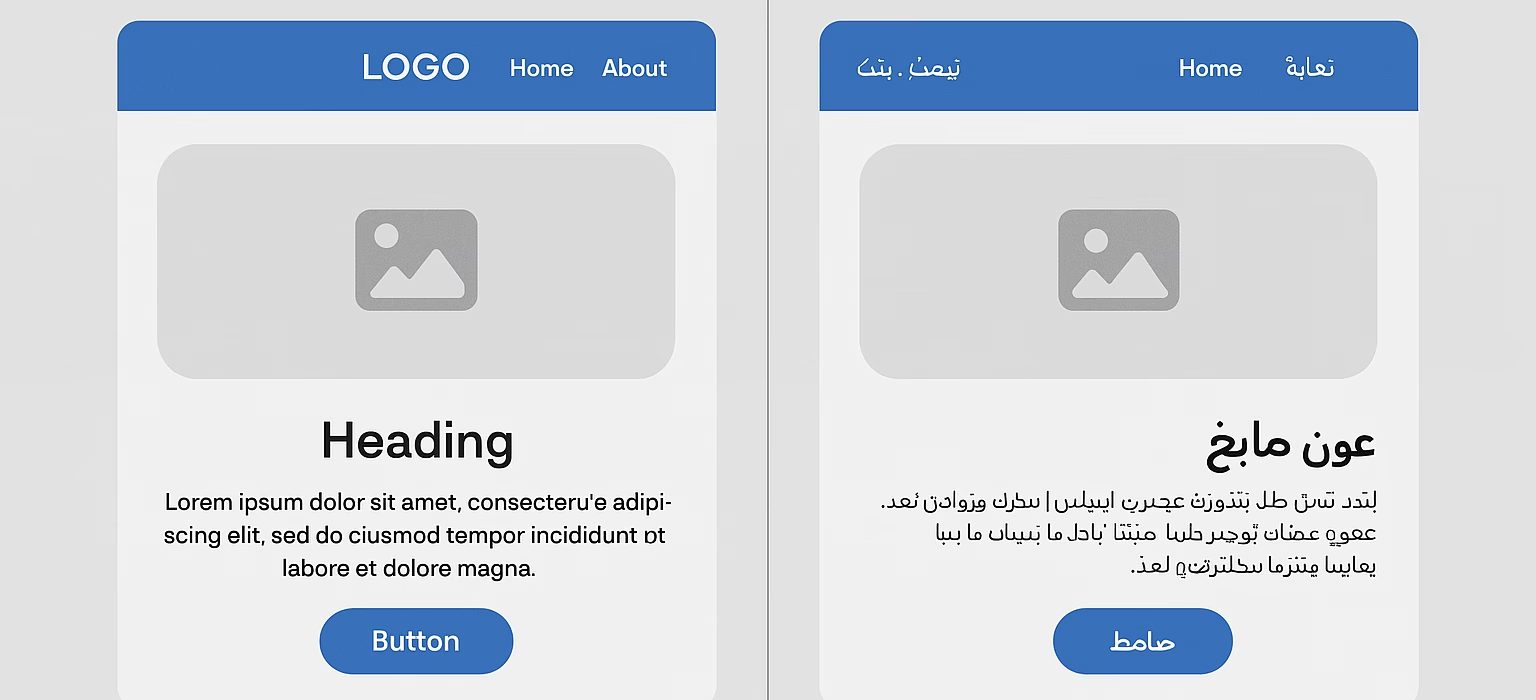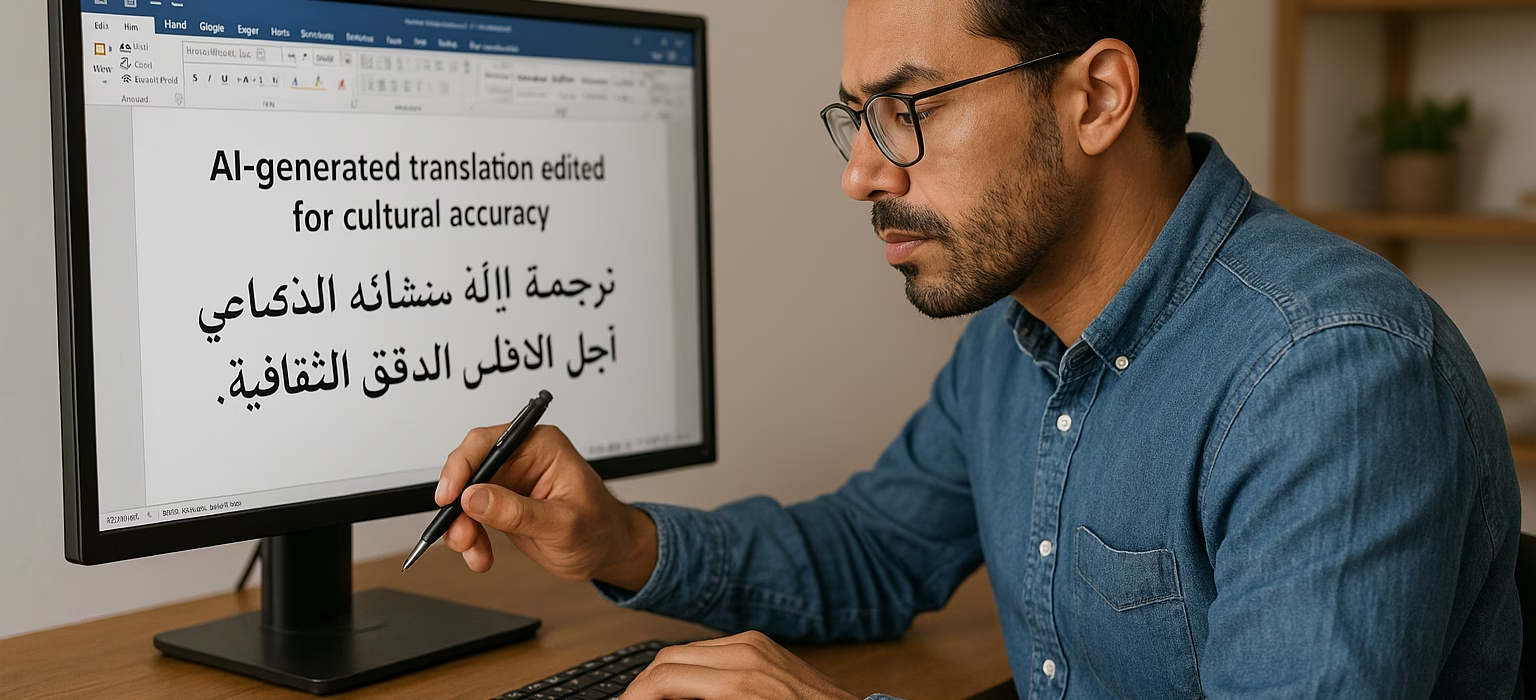Understanding English to Arabic Translation
In a world where connection defines success, English to Arabic translation services have become more than a convenience—they’re a necessity. Whether you’re translating legal agreements, academic coursework, or customer-facing websites, accurate and culturally aware communication is essential. With over 400 million Arabic speakers globally, the demand for nuanced, professional translation grows every day.

The Global Need for Arabic Translation
As Arab nations continue to expand their influence in global markets—from oil and finance to education and tourism—companies and institutions worldwide must adapt. Translating content into Arabic is a vital step toward engaging these audiences, meeting legal requirements, and fostering trust.
Explore Arabic Translation Services:
Premium Lingua Arabic Translation
Certified Arabic Translation Services
Arabic Legal Translation Services
What Makes Arabic Unique?
Arabic is both rich and complex. It features:
- Modern Standard Arabic (MSA): Used formally in media and education
- Regional Dialects: Egyptian, Gulf, Levantine, and Maghrebi
- Right-to-Left (RTL) Script: Affects everything from layout to punctuation
- Root-Based Grammar: Words built from triliteral roots create flexible meanings
This linguistic diversity makes English to Arabic translation a job for specialists, not just bilinguals.
Designing for RTL: Beyond Words

Translating from English to Arabic often requires redesigning content:
- Websites: RTL layout, mirrored navigation, and cultural imagery
- Brochures: Reflowed text and culturally appropriate graphics
- Apps: Language-specific buttons and directionality in user flow
Poor formatting can disrupt readability, usability, and credibility.
Marketing Content: From Translation to Transcreation
Marketing thrives on emotion and relatability. A catchy English slogan might confuse Arabic audiences—or worse, offend them. Transcreation ensures your brand voice feels local and genuine.
Example:
- English: “Think outside the box.”
- Arabic (Literal): “فكر خارج الصندوق” — might be confusing.
- Arabic (Adapted): “دع خيالك ينطلق” — “Let your imagination soar.”

Industry-Specific Expertise
Professional translators must tailor content to industry norms:
| Industry | Translation Focus |
|---|---|
| Legal | Contracts, affidavits, litigation support |
| Healthcare | Patient records, medical leaflets |
| Education | Curriculums, certifications, e-learning |
| Business | HR manuals, emails, investor reports |
| Tourism | Brochures, signage, travel websites |
Why Context Matters
Arabic’s richness makes context key. For example, the word “right” in English has multiple meanings—direction, correctness, or a legal entitlement. The correct Arabic equivalent depends on usage:
- Right (direction): يمين
- Right (correct): صحيح
- Right (legal): حق
A good translator understands intent as much as syntax.
AI Tools vs. Human Translation

Tools like DeepL and Google Translate help with basic tasks, but they:
- Miss idioms and cultural tone
- Struggle with dialects
- Can’t verify legal compliance
Hybrid workflows (AI + human proofreading) offer the best balance.
Certification & Legal Validity
For official documents, certified translations are mandatory. This includes:
- Immigration files
- Birth and marriage certificates
- Legal agreements
- Academic transcripts
Translator Credentials That Matter
Professional Arabic translators should have:
- Translation or Linguistics degrees
- Native fluency in Arabic
- Industry-specific experience
- Certifications (SATI, ATA, etc.)
- Proven case studies
Agencies like Premium Lingua vet their experts rigorously.
SEO & Localization in Arabic Content
Translating keywords is not enough—you must localize them. What’s commonly searched in Dubai may not be popular in Casablanca. Arabic SEO strategy includes:
- Keyword research by region
- Arabic meta descriptions
- RTL-compatible slugs and URLs
Quality Control in Translation Projects

Reliable agencies use structured QA steps:
- Initial Translation
- Independent Proofreading
- Context Verification
- Formatting and Layout Check
- Final Client Review
Legal and medical content undergoes even stricter audits.
Common Pitfalls in Arabic Translation
Avoid these translation disasters:
- Using machine output unedited
- Ignoring dialectal variation
- Literal idiom translation
- Overlooking RTL formatting
- Hiring unqualified freelancers
FAQs
How long does English to Arabic translation take?
From a few hours to several days depending on length and complexity.
Are Arabic dialects important in translation?
Absolutely. Dialects shape how messages are understood by the audience.
Can websites be auto-translated to Arabic?
Yes, but poorly. Use professionals to localize layout and cultural content.
What’s the cost of Arabic translation?
Prices vary by urgency, length, and field—ranging from R200 to R500 per page.
Are certified translations legally binding?
Yes, when performed and signed by qualified, court-approved translators.
Conclusion
English to Arabic translation services are the cornerstone of effective, respectful, and strategic cross-cultural communication. Whether you’re localizing a website, navigating immigration law, or expanding a business into the Middle East, expert translation is your bridge to success.
Trusted providers like Premium Lingua combine human expertise with smart technology to deliver accurate, timely, and culturally resonant translations that make your message matter.
Explore More Trusted Arabic Translation Solutions




